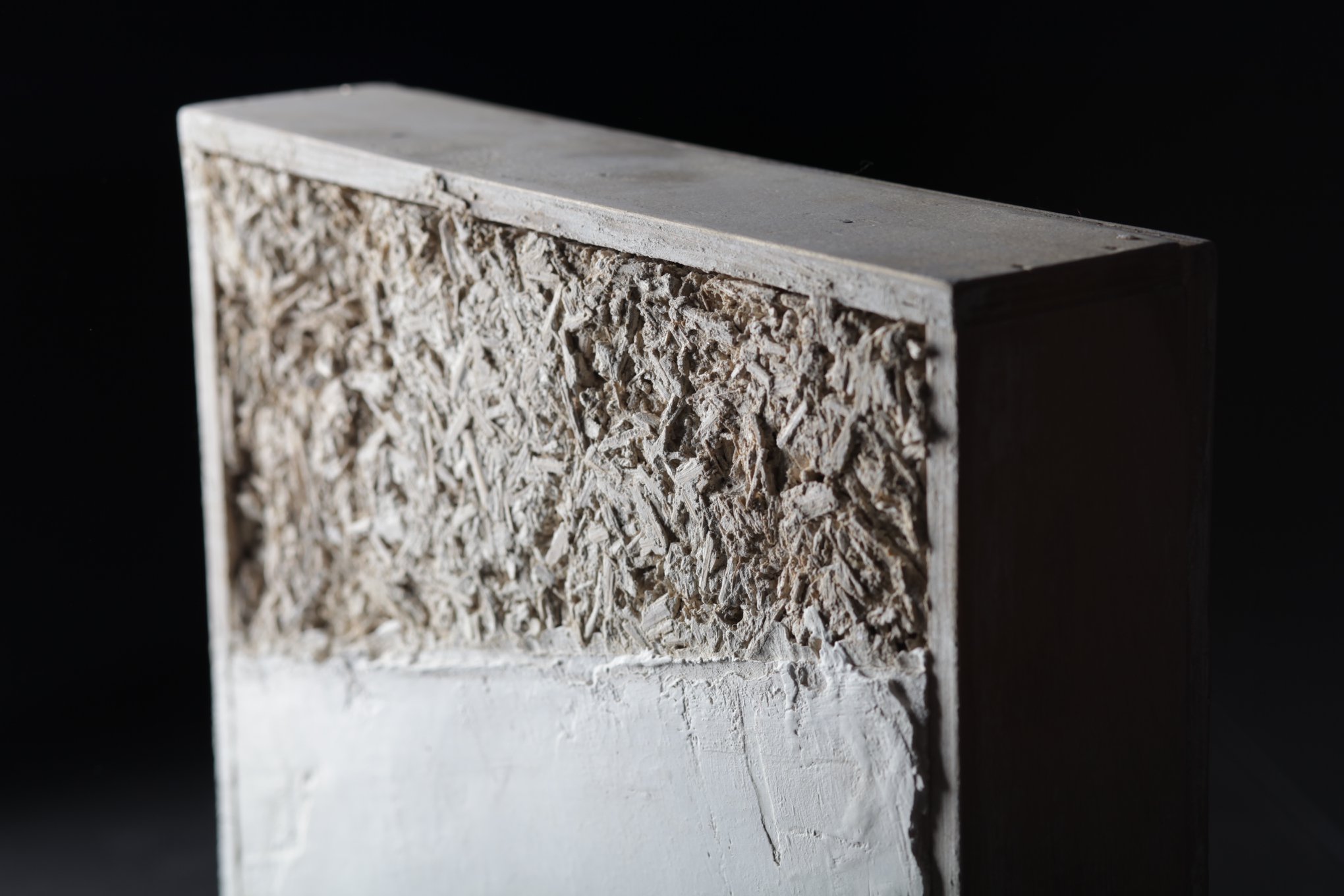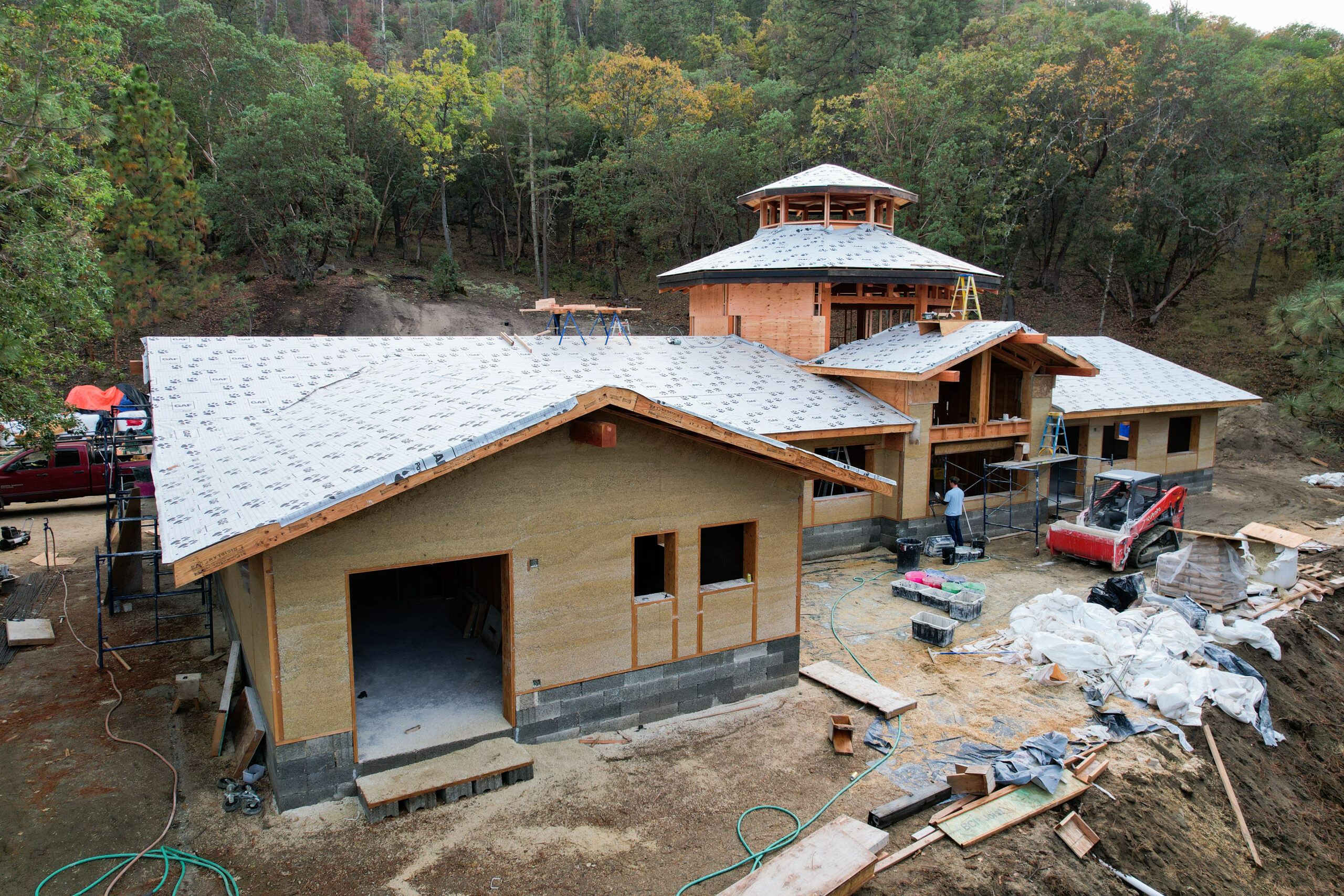By Molly Erin McCabe, A Kitchen That Works
Also published in WestSound Home & Garden (download original article).
How do you define home? For Ma & Pa Ingalls in Little House on the Prairie, home was four walls and a roof that protected them from the elements. However, today’s home is much more than that – it is a sanctuary, a place to build community, to work, to play, as well as a place to express who we are and the values by which we live.
It is this last attribute that seems to be at the epicenter of today’s homebuyers shopping list. We are not talking about gingerbread window trims or turret shaped entries but rather how energy/water-efficient a home is as well as how easy it is to maintain – in an essence, how our homes impact the environment as well as our wallets and what that says about us as consumers.
Trends in sustainable housing
The percentage of homes being built in the U.S. with environmentally friendly features increased to 16% of single-family starts in 2010 from 2% in 2006, says McGraw-Hill Construction, a market-research firm in New York. “Fueling the trend, industry officials say, is a desire to save on utility bills. Indeed, in a recent survey, 93% of builders named increased energy and water efficiency as an important green practice—far more than cited any other benefit.”
Green homes generally cost anywhere from 2% to 10% more than a conventional code-built home, depending on the features included, though the cost difference is definitely shrinking. The key to keeping the cost differential to a minimum is planning – if you plan for the green features rather than incorporating as you build, the actual cost differential can be negligible. Additionally, most buyers of green homes are finding the reduction in water and energy bills from green features such as Energy Star heating equipment/appliances, improved insulation, water-efficient plumbing fixtures, and drought-tolerant landscaping renders roughly a 3-8 year payback on the green upgrades.
For builders and remodelers, green translates into green. Studies of individual sales of sustainably built third party certified (Energy Star, Built Green, Standard or LEED) home as well as sales in housing developments built by production builders are selling faster and for more money than similar-sized homes in similar neighborhoods (that are not foreclosures or short sales). Homebuyers are looking for value and green homes deliver, making them more desirable.
One thing that has historically hampered sales of sustainably built homes is the lack of understanding of their virtues and the marketing of those virtues by the real estate community, the real estate appraisal community, and mortgage lenders.
The good news is that is all changing. Real Estate agents and brokers can receive education and get certified as an EcoBroker® by the Association of Energy and Environmental Real Estate Professionals (www.aeerep.org) or as a S.T.A.R. (Sustainability Training for Accredited Real Estate Professionals) from the Earth Advantage Institute (www.earthadvantage.org).
Appraisers can receive similar education and certification as a Certified Residential Green Appraiser (CRGA) from the Earth Advantage Institute (www.earthadvantage.org/professional-profiles) or from the Appraisal Institute (www.appraisalinstitute.org).
The Appraisal Institute recently developed a voluntary addendum for appraisers to help analyze the value of energy-efficient features. Lastly, mortgage lenders are starting to appreciate the fact that a consumer’s ability to pay their mortgages is directly affected by the cost of their utility and maintenance bills. The lower a home’s operating and maintenance costs are, the more cash flow the consumer has which translates into less risk for the lender.
As a result, specialty mortgage products have been developed for sustainably built homes. According to Dave Porter, with PorterWorks in Stanton, WA., “there are several basic types of green mortgages, such as energy-efficient mortgages (EEMs) which are used to finance the construction of a home that would meet green standards or to buy one that’s newly built as well as energy improvement mortgage (EIM), which are used to buy and fix up a house that needs green improvements, like insulation or new windows.
The loans are available through mortgage programs by Fannie Mae, the Federal Housing Administration, Veterans Affairs, and the Department of Agriculture. They have slight differences in requirements, but basically, they allow you to finance the home, plus the energy-conserving improvements, without having to qualify for the additional cost of the improvements,” Porter told the Chicago Tribune. (Source: “Market Ripe for Green Loans,” Chicago Tribune Sept. 9, 2011).
What to look for in a sustainable built home
There is more to sustainably built homes than Energy Star appliances and fluorescent lighting fixtures. Indoor air quality is an important quality of sustainably built homes and can be realized by building with low emitting volatile organic compound paints, glues, and sealants as well as minimizing the use of particle board products (cabinetry, millwork, sheathing, sub-floors) that have added urea-formaldehyde (a known carcinogen).
Additionally, sustainability is augmented by amenities ‘outside’ the home such as proximity to public transportation, recreation, schools, shops and entertainment that effectively minimizes the need for automobile transportation. Housing developments that include ‘shared’ assets such as electric car recharging stations, community gardens, community centers and sport courts also contribute to the sustainable virtues of a development while simultaneously creating a sense of neighborhood and community for the collective homeowners.
Each sustainably built community is unique and should be designed and built to meet the unique features and attributes of both the neighborhood and the land it is built on. In Kitsap County there are a variety of developments, with units currently for sale, that have tread lightly on the land earning them a variety of sustainable certifications:
Rolling Bay Cottages developed by Rolling Bay Land Co. (developers of the very first LEED-certified home in Kitsap County), located at 10912/10918 Sunrise Dr. Bainbridge Island, has earned a 5 Star Built Green certification. Amenities include edible landscaping, rain gardens, rainwater irrigation, low VOC interior finishes, Energy Star appliances and windows, energy-efficient building envelop, mini-split heat pumps plus zonal heating, advanced framing, heat recovery ventilator, proximity to public transportation and more. Home prices start at $498,000. For more information go to http://www.rollingbaylandco.com/ or for sales information contact Julie Miller of Windermere Real Estate at 206-949-9655.
Drew’s Glen developed by Chinook Properties, Inc., located two blocks north of NE West Kingston Rd. off of Barber Cuttoff Rd. in Kingston, is a nineteen unit development with a Three Star Built Green certification. Amenities include high-efficiency building envelope, Energy Star appliances and windows, high durability/low maintenance materials, and proximity to shops, ferry transportation, and schools. Home prices start at $273,000 with several upgrade options. For more information go to http://drewsglen.com/ or for sales information contact Lorna Muller at 360-620-3842.
Chico Beach Cottages developed by The Cottage Company, located at 7740 Chico Way NW in Silverdale, is a seven-unit pocket neighborhood that has earned a Four Star Built Green and Energy Star certifications. Amenities include beautiful views of Dyes Inlet and Mount Rainier, beach access, electric car recharging station, rain gardens, community building, Energy Star appliances, energy-efficient building envelopes, low maintenance materials, low VOC paints, caulks and sealants, stormwater dissipater, low-flow plumbing fixtures and more. Home prices start at $398,000. For more information go to www.cottagecompany.com and for sales information contact Donna Courter of Remax Realty at 360-990-4095.
Grow Community is a mixed residential project being developed by Asani, LLC. The Grow Community is in the permitting phase and expects to be permitted under the Bainbridge Island HDDP (High Density Development Program) and certified by the One Planet Living®. The project will consist of detached single-family homes as well as multi-story flats (rentals) clustered around community assets including pea patches, a community building and more – making it a community within a community. Located in the heart of Winslow on Bainbridge Island, the Grow Community is walking distance to the Bainbridge-Seattle ferry dock, schools, shops, entertainment, recreation, and public transportation. Sustainable design principals and materials will be used extensively throughout the project rendering a small environmental footprint before, during and after construction. For more information go to http://www.growbi.com.
Resources for Sustainable Design-Build Professionals:
Home Builders Association Built Green program members
Northwest EcoBuilding Guild members
Seattle Chapter of the American Institute of Architects members
Copyright © 2011 A Kitchen That Works


